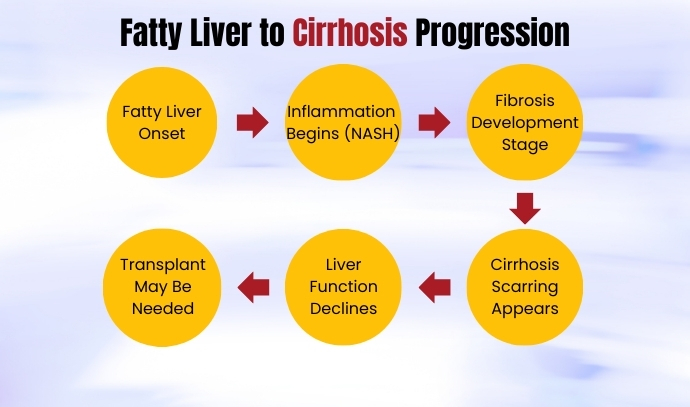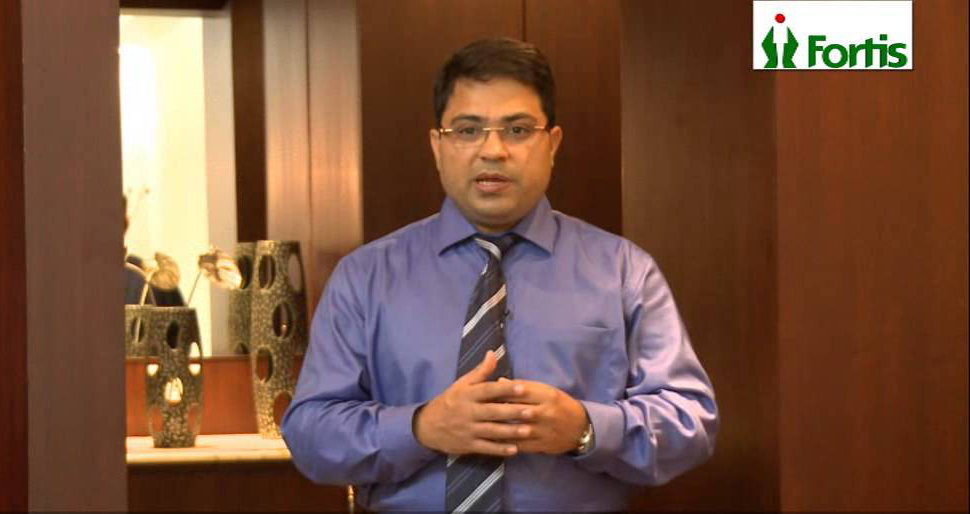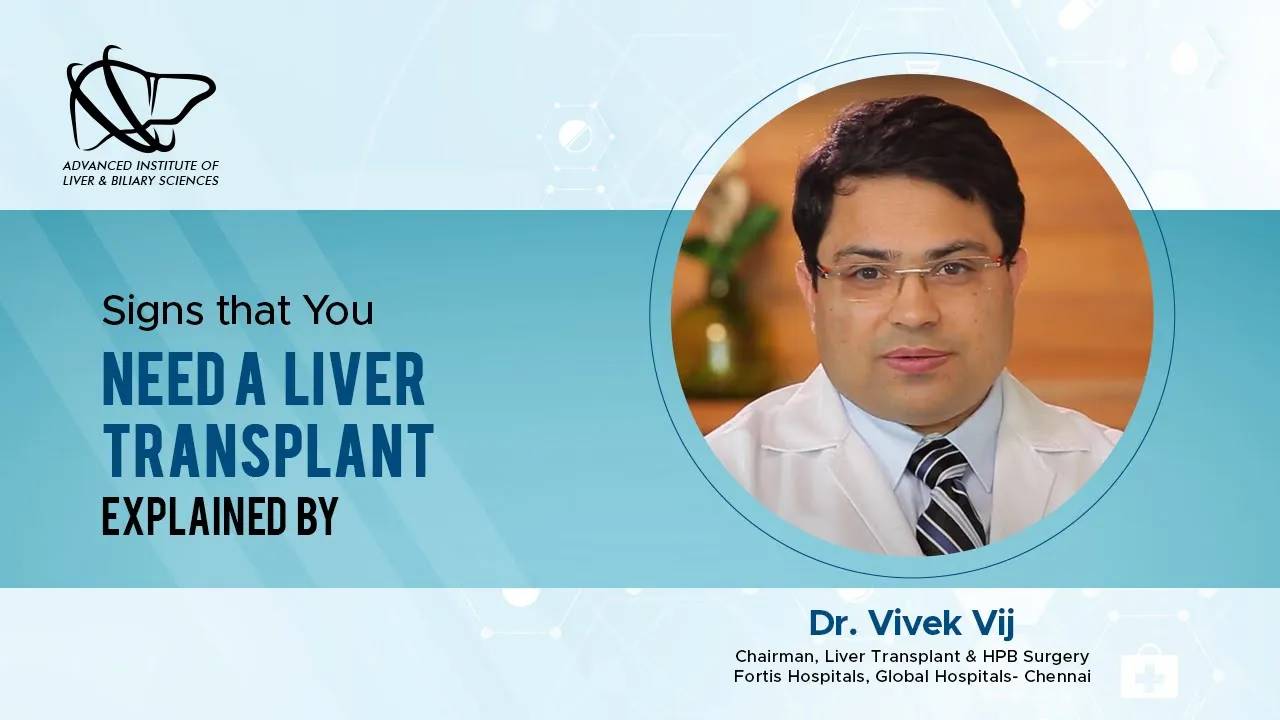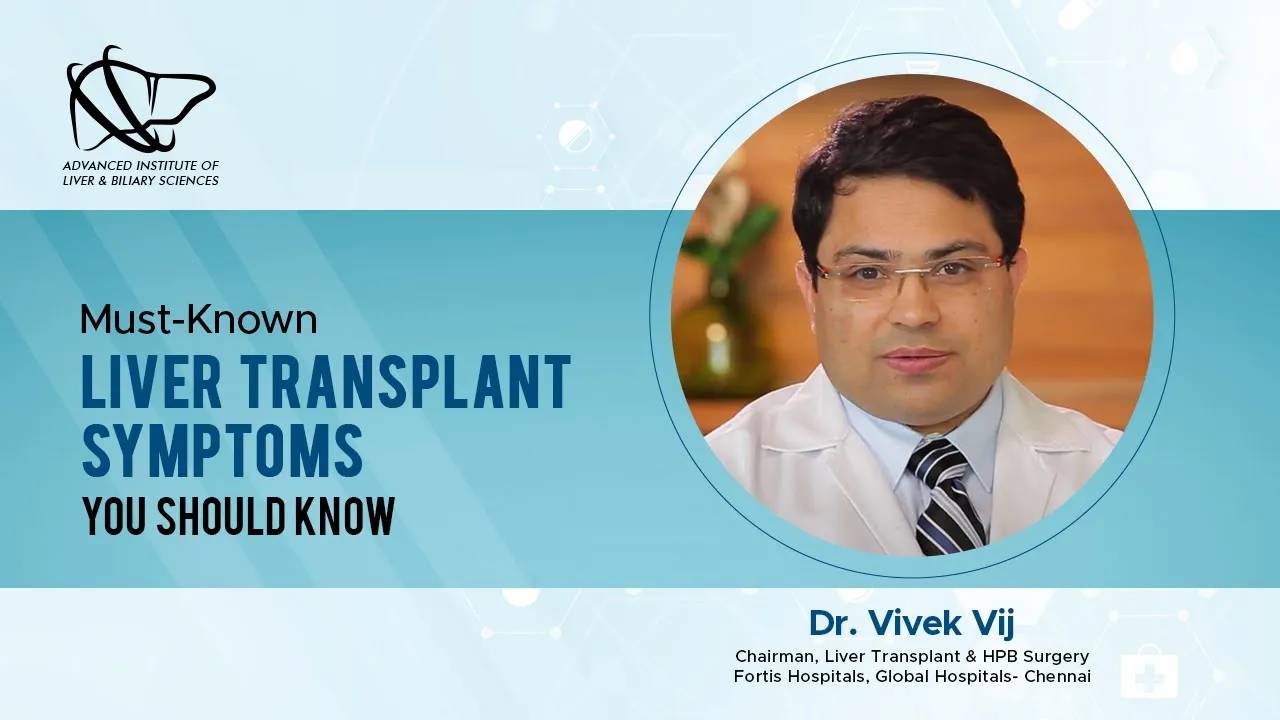Yes. Untreated fatty liver can progress all the way to cirrhosis. In our clinic at AILBS, New Delhi, we often explain it like this: When fat makes up more than 5-10% of liver weight, we call it fatty liver (simple steatosis).
If that fat keeps irritating the tissue, the liver becomes inflamed, what we label NASH, or non-alcoholic steatohepatitis. Persistent inflammation triggers fibrosis (early scarring). With time, typically 15-25 years, sometimes faster in people with obesity or diabetes, the healthy cells are replaced by cirrhosis (permanent, nodular scar tissue).

Cirrhosis can lead to liver failure and the need for a transplant. The encouraging news for patients across India is that early lifestyle changes, weight control, and timely therapy can halt, or even reverse this fatty-liver-to-cirrhosis timeline.
This article lays out the fatty liver warning signs, monitoring tests, costs, and treatment paths so you can act before irreversible damage sets in.
Fatty liver is a condition where fat builds up in the liver. If this fat buildup continues unchecked, it can cause inflammation, scarring, and ultimately permanent liver damage. This chain reaction happens in stages.
This is why fatty liver disease must not be ignored, even if it shows no symptoms in the early stages.
NAFLD is the most common form of fatty liver disease and occurs in people who drink little to no alcohol. It is mainly linked to:
NAFLD can silently progress over time, and many people are diagnosed only when it has already caused liver damage.
The speed of progression from fatty liver to cirrhosis varies based on age, lifestyle, co-existing medical conditions, and genetics. Here is a general overview:
| Stage | Approximate Timeline |
|---|---|
| Fat Accumulation | 5 to 10 years |
| NASH | 5 to 10 years (if not treated) |
| Fibrosis | Can begin during NASH stage |
| Cirrhosis | 15 to 25 years after initial fat buildup |
However, some individuals with risk factors such as obesity or diabetes may progress faster. Regular monitoring and early intervention can significantly slow or stop the cirrhosis progression.
Fatty liver may not cause obvious symptoms in the early stages. But as it progresses, you may begin to notice:
If you experience these symptoms, consult a liver specialist immediately for further evaluation.
If you are at risk or already diagnosed with fatty liver disease, these tests are recommended to monitor your liver health:
Early detection through these tests can help start treatment before permanent damage occurs.
There is no one-size-fits-all treatment for cirrhosis caused by fatty liver. The goal is to stop the progression, manage symptoms, and address the underlying causes.
Common Treatment Options Include:
The treatment plan will depend on how advanced the disease is and how well the patient responds to lifestyle modifications and medical care.
If you are looking for the best liver care, Dr. Vivek Vij at AILBS is one of the most trusted names in the field. Known for the excellence in hepatology and liver transplant surgeries, he has treated thousands of patients with fatty liver and cirrhosis from across India and abroad.
If you’re seeking the best doctor for liver cirrhosis in India, Dr. Vivek Vij offers advanced care plans tailored to your liver condition.
If you are already diagnosed with fatty liver or are experiencing signs of liver damage, do not wait for it to progress into cirrhosis. Timely diagnosis and care can stop or even reverse liver damage in many cases.
Schedule a consultation with Dr. Vivek Vij today.
Call us or visit www.ailbsindia.com to book your appointment.
Ans. Yes, fatty liver especially nonalcoholic fatty liver disease (NAFLD) can progress to cirrhosis if left untreated. Over time, fat buildup in the liver causes inflammation, which leads to fibrosis (scarring) and eventually permanent liver damage (cirrhosis).
Ans. The fatty liver-to-cirrhosis timeline can vary. On average, it may take 15 to 25 years for fatty liver to progress to cirrhosis. However, those with obesity, diabetes, or high cholesterol may experience faster progression.
Ans. In early stages, fatty liver may have no symptoms. As it worsens, you might notice fatigue, abdominal discomfort, swelling in the legs or belly, jaundice, or itchy skin. If you experience any of these, consult a liver specialist immediately.
Ans. Treatment focuses on stopping the progression. This includes lifestyle changes, managing blood sugar and cholesterol, avoiding alcohol, and taking medications if needed. In advanced stages, a liver transplant may be recommended.
Ans. Dr. Vivek Vij at AILBS is considered one of the top liver specialists in India. With over 20 years of experience and a dedicated liver transplant program, he offers expert care for fatty liver, cirrhosis, and complex liver conditions.


